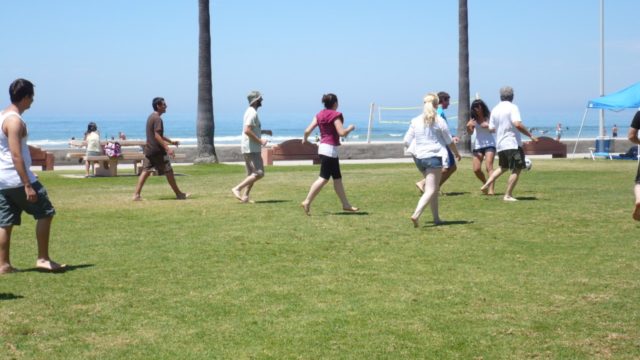It was a warm sunny spring day. The type that justifies living in California. I was meandering and enjoying a hiking trail around our housing complex when I lost my footing and fell. The injury was sufficient so I cannot partake in this exercise, at least for a while. The sudden pause gave me a chance to reconsider an activity I enjoy while sheltering in place during the covid-19 pandemic. In doing so, it made me appreciate walking more than ever.
Our hominid ancestors, Homo erectus, began ambulating upright over two million years ago. But it is only in the last few decades that researchers have gained insights into how we do it. The action is a complex mechanical engineering accomplishment. Complicated and mysterious enough that some have characterized it as a daily miracle we should not take for granted.
The term walking originates in the Old English word wealcan meaning “to roll.” A 2013 article in the Journal of Experimental Biology by Lipfert and colleagues outlines the unique interaction between ankle, knee, muscles and tendons that summarizes how we go about this roll. Wikipedia describes walking from a physics perspective as the kinetic energy of forward motion being traded dynamically for a rise in potential energy. At another level of definition, the movement results from the body “vaulting” (or rolling) over the leg on the ground. One leg moves forward in a way that maximizes motion while using minimal amounts of energy. This raises the center of mass to its highest point as the leg passes the vertical and dropping it to the lowest as the limbs spread apart.
The 2D inverted pendulum model of walking provides an even more explicit description. During forward motion, the leg that leaves the ground swings forward from the hip. This sweep is the first pendulum. Then the leg strikes the ground with the heel and rolls through to the toe in a motion described as an inverted pendulum. The motion of the two legs synchronize so that one foot is always in contact with the ground.
There are two stages necessary for starting this wealcan, the powerful “push-off” phase. The first stage is an “alleviation” in which the action relieves the trailing leg of the burden of supporting the body mass. Then in a “launching” stage, the knee buckles, allowing the rapid release of stored elastic energy in the ankle tendons, like the triggering of a catapult. The catapult energy from the ankle is used to swing the leg, not add sizeable amounts of energy to the forward motion. This makes it energy-efficient and agile, making the human action different from how robots walk. As the hip rotates 40 degrees in the sagittal plane during a normal stride it becomes a smooth, beautiful movement.
Is walking a simple act? No. It is a complicated mechanical engineering organization of movements and forces that only recently has shed its mysteries. It is a daily miracle. We perform it so easily and overlook it from among the other physiological miracles, like seeing and hearing. The covid-19 pandemic has been a brutal war on humanity but also an opportunity to pause and recognize the many things we take for granted.

